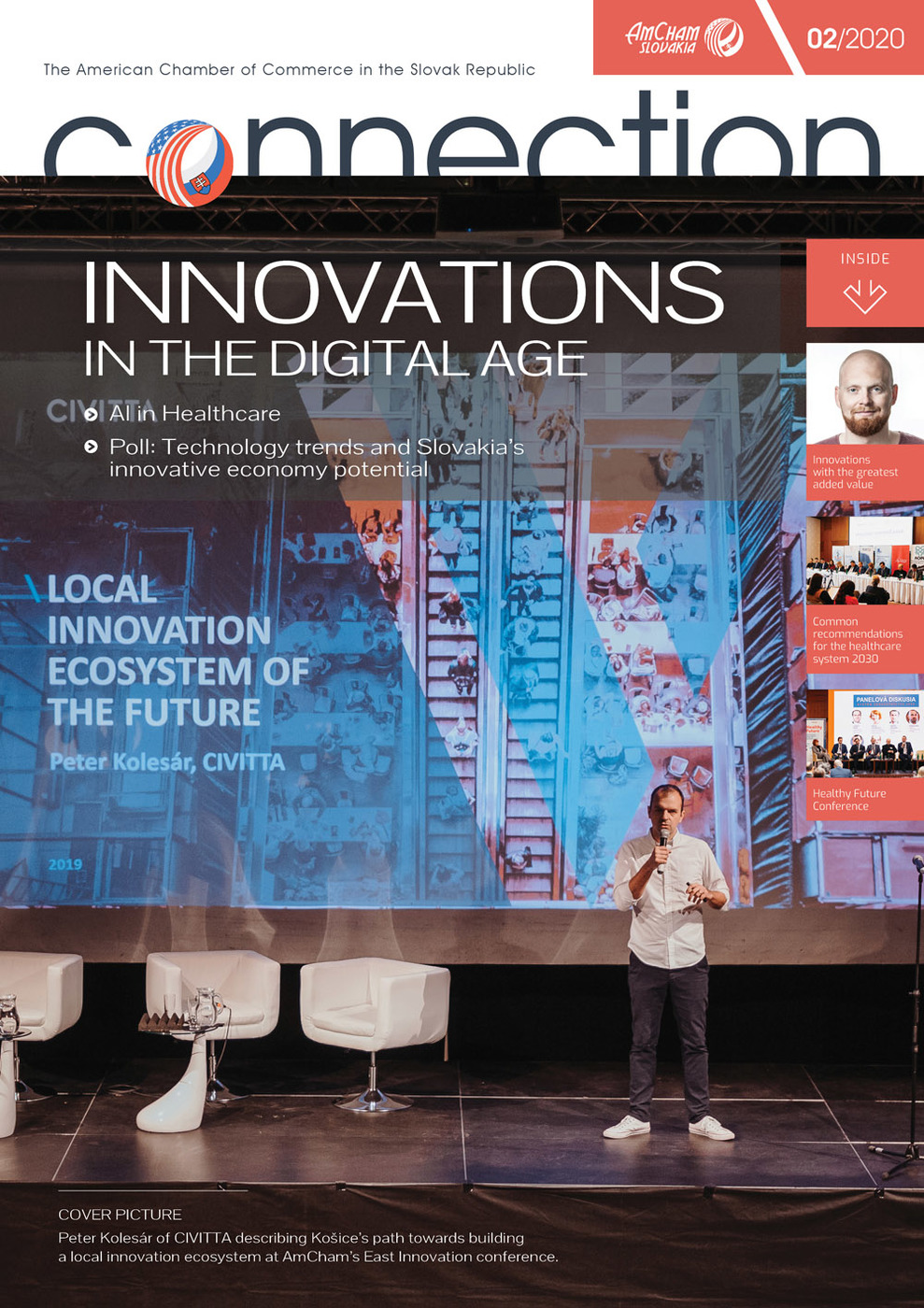An increasing number of industries are proof that unlocking human potential thanks to digitalization and automatization delivers an ‘edge’ over competitors across industries and sectors. RPA has radically changed the contemporary world, performing vital tasks that far from being proof of concepts or trial runs are rather initiatives that redefine business models. Whether transforming a financial institution back-office or service provider front-office, RPA redefines and replaces the white collar jobs that had always seemed secure.
Simply said, anything today performed by a human via a workstation - interacting only with physical paperwork, web-derived data, or internal systems - can be automated with a software process robot at a cost of around one-third of FTE. Such software can read emails, download attachments, use OCR technologies, log in, and multitask between multiple window-based programs. And it’s not necessary to go as far as sentiment analysis software of voice, text or emails. Rather, the simple contextual analysis of unstructured text with parametric extraction (VAT, client name, bank account, unique code identifier) is totally sufficient to run most workflows performed within our predominantly back-office driven business models.
White-collar jobs have long been characterized by the constant need for efficiency and accuracy, which in turn has created pressure and demand for rigorous standardized processes. Yet today, processes such as reporting, cash management, invoicing and customer data management can be managed by robots with minimal or no human interaction.
Businesses across a wide spectrum of specializations have explored adding significant value by implementing robots in areas in which employees are overwhelmed by repetitive tasks. The ability to collect, manipulate data and communicate with other digital systems is especially useful in finance and accounting, banking, healthcare, telecom and IT industries.
- Nearly 35% of RPA applications are established to process back-office tasks (claims, processing, validation, policy reporting, FAQ answering, HR processes, account/card activation)
- 21% handle customer-related processes (customer data management, contact detail processing)
- 20% of robots are within the F&A domain (general ledger and reporting processing, account receivables and account payables management, cost reporting and budgeting).
- 24% are used in areas such as procurement, sales, etc.
The robustness of robots being used across industries has gained enormous scope. The tech running these sophisticated, tireless office helpers empowers the robots to communicate with other digital systems just like humans, and based on precisely defined rules and algorithms to perform repetitive tasks across various applications, databases, interfaces, and environments. RPA can work and process ongoing data 24/7/365 in strict accordance with established rules to ensure accuracy and reliable results. On a like-for-like basis, the average human productivity is 60% with a few errors compared to a robot´s errorless 100% productivity. RPA can reduce costs by 20-40 percent simply by automating processes that have traditionally been performed manually.

With interest rates at historical lows and the opportunity to efficiently employ free capital limited, there’s never been a better time to roll-out intercompany RPA implementation. In fact, the ROI in robotization typically takes just months: in terms of cost savings, companies experience an average investment return of eight months and even as soon as three months.
Over 40% of global businesses have already experienced some kind of ‘robotic process automation touch’. This trend is especially prevalent in the service industry where 65% of businesses are aiming to automate processes as a way to gain more value from human capital by relieving employees of repetitive, non-creative tasks. At the forefront of this push toward process automation is the TMT (technology, media and telecommunication) sector, with the telecom industry comprising 27% of the whole RPA market in 2019, followed by banking and finance (25%), manufacturing (12%), pharma and healthcare (10%), and retail (~10%).
Numerous studies have stated very different impact estimates, with between 9% to 47% of jobs estimated to be at risk of significant impact from automation. In Slovakia, robotization should replace up to 33% of current jobs in coming years (OECD data). Practice has shown that the previous generation of school-acquired skills was good for 26 years, yet now this figure is just 4.5 years. Up to 65% of today’s primary school children will have jobs that do not yet exist today, and therefore for which traditional education cannot prepare them yet. Whilst itself an automation process, RPA also creates a substantial amount of support IT and business-related jobs.
RPA can be perceived in various ways: as a threat, as a disruption, as a technology stealing jobs from humans, or as a very welcome revolution that frees employees from boring, monotonous tasks. However, the fact remains that RPA is here to stay and is reshaping companies’ business models with a dramatic impact on job description, skill requirements, and workforce. As a key pillar of the decade-old ‘digital transformation’, the more we understand and use RPA the more we are prepared to lead our companies towards sustainable added value and subsequent success. As with all game-changing developments, this RPA journey includes multiple connected intermediary goals aiming towards continuous optimization across company processes.



Follow us